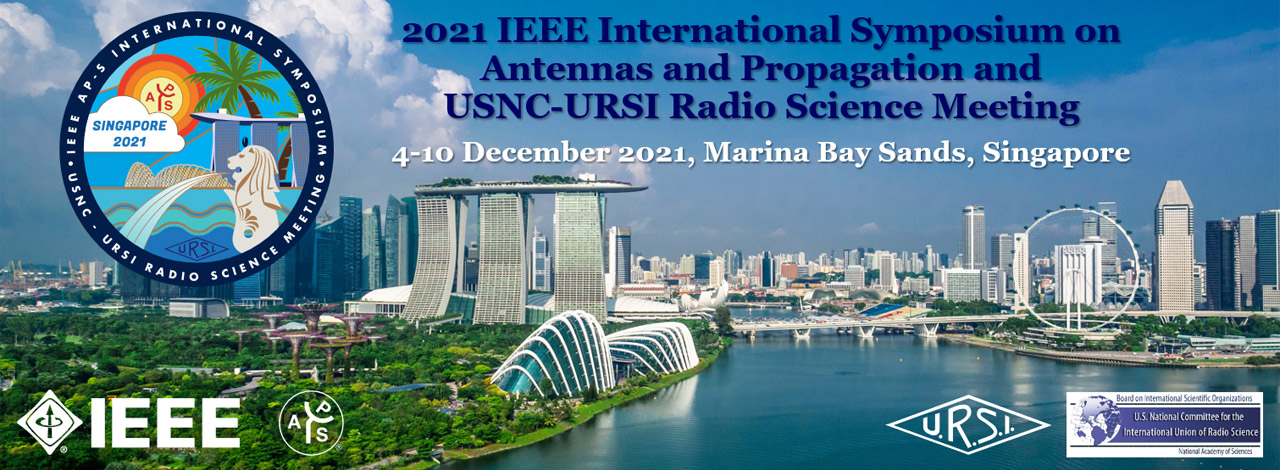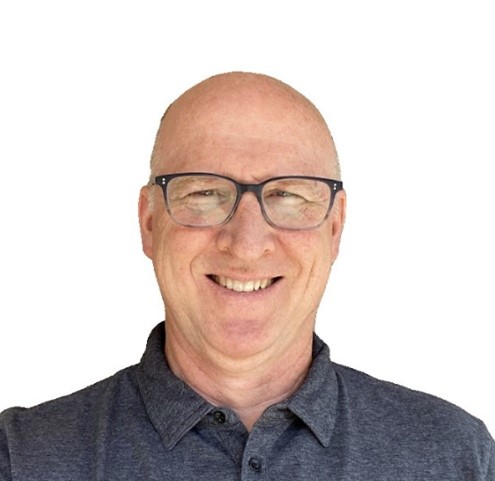


Gary Clayton
One of the biggest engineering hurdles of our time is improving the quality and safety of our mobility. Autonomous driving technology is a potential solution to this, but obstacles still exist in fully realizing this solution. Radar offers an attractive option to addressing these obstacles, since radar often fares better than other sensors in weather, uses relatively low power, and is generally affordable.
As radar moves from a driver assist role to being a key sensor for autonomous driving, many new challenges emerge beyond the typical size, weight, power, and cost constraints, pushing us towards the development of new radar technologies and capabilities. In this talk Dr. Gary Clayton, Head of Radar at Waymo, will speak on the history of Google’s Self Driving Car Project (now Waymo), the challenges facing radars used for autonomous driving, and recent advances in automotive radar technology.
Dr. Gary Clayton is the head of Radar at Waymo, an autonomous driving technology company with the mission to make it safe and easy to get around. He leads a diverse, innovative, and collaborative group of Electrical, Mechanical, Software, Radio Frequency (RF), and Production engineers. As part of the larger Waymo Hardware Team, his group designs, builds, tests, and perfects the products which are the eyes and ears of Waymo's fully autonomous driving systems, and integrates those products into vehicle platforms.
Prior to Waymo, Dr. Clayton was a Raytheon Principal Engineering Fellow at Raytheon Space and Airborne Systems. In his 34 years of radar development at Hughes Aircraft and Raytheon, Dr. Clayton worked on system design and development of airborne and spaceborne radar systems and consulted on surface-based radar systems. Dr. Clayton is an expert in system design, adaptive signal processing, and electronic protection having developed imaging, tracking, and surveillance radars.
Dr. Clayton holds a Ph.D inElectrical, Electronics and Communications Engineering from the University of Southern California and earned his M.S. in Electrical and Electronics Engineering from the University of California Los Angeles.